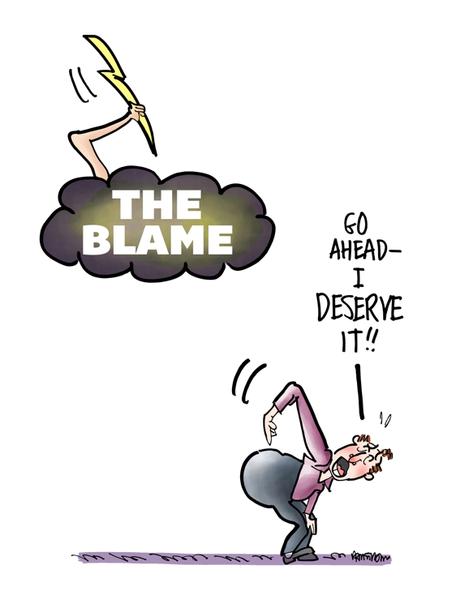 I had a chance to contribute to a Databox post on the best way to deliver bad news to your boss or client.
I had a chance to contribute to a Databox post on the best way to deliver bad news to your boss or client.
Here’s what I had to say:

Never try to blame circumstances, bad luck, or anyone else. Accept responsibility, apologize, and lay out your plan for correcting the situation.
Provide regular status reports that include unforeseen developments, unexpected problems, delays, etc, and any other signs of trouble brewing. By keeping people informed, you at least prevent bad news from coming as a shock. The first rule of business: no surprises.
Alexander Porter notes that blaming someone else isn’t a wise long-term strategy. Because even if you do convince your boss or client that someone else was to blame, “will anyone want to work with you after that?”

“As long as you hold onto the mantra of ‘Give credit and take blame,’ you’ll always be trusted to have another go when the boss needs someone to step up.”
Whatever you do, stay away from the notorious “Mistakes were made,” a favorite of American politicians ever since President Ulysses S. Grant appended a note to his final annual report to Congress in 1876, acknowledging the scandals that had plagued his two terms in office with the words, “Mistakes have been made, as all can see and I admit.”
You could also consider using a little self-deprecating humor to admit a mistake. William Safire tells this story about former New York City mayor (1934-45) Fiorello La Guardia:


